Buffalo Ranger’s Book Recalls the All-Black Special Operations Unit
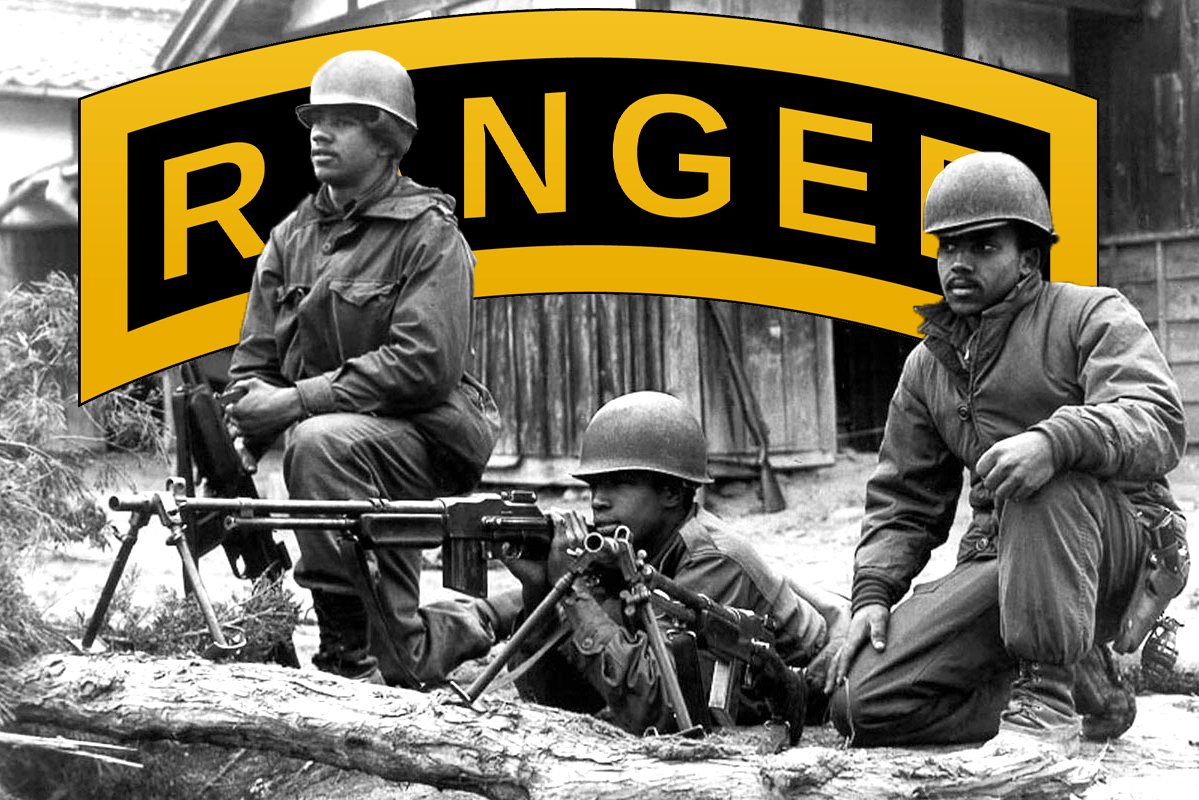
The all-Black 2nd Ranger Infantry Company (Airborne) made the first combat jump of any Ranger unit during the Korean War. Composite by Coffee or Die Magazine.
In 1948, President Harry S. Truman signed Executive Order 9981, ending the policy of segregation in the United States military. The move set the stage for the Civil Rights movement to desegregate every American institution. But before desegregation truly took hold in the military, a group of elite American soldiers formed the first, last, and only all-Black US special operations unit.
In his book, The US Army’s First, Last, and Only All-Black Rangers: The 2d Ranger Infantry Company (Airborne) in the Korean War, 1950-1951, retired US Army master sergeant and Ranger Hall of Fame inductee Edward Posey provides a detailed history of the US Army’s 2nd Ranger Infantry Company (Airborne). Posey served 22 years in the Army, during which time he fought as a member of the company in the Korean War.
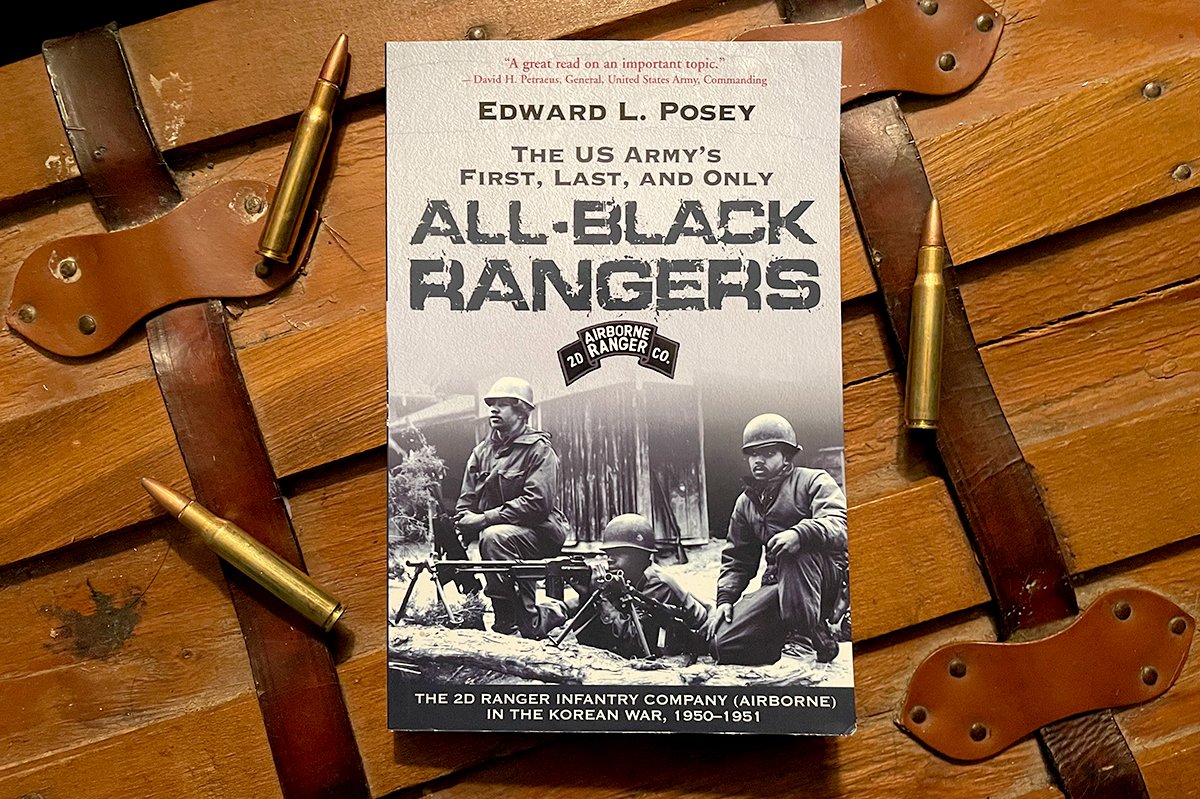
The 2nd Ranger Infantry Company (Airborne), known colloquially as the “Buffalo Rangers,” or simply “Buffaloes,” as the men called themselves, was formed in the fall of 1950 as an elite unit of specially trained light infantrymen. As Rangers, the men of the 2nd Ranger Company were experts in both infantry tactics and irregular warfare.
In the final days of 1950, the Buffalo Rangers deployed to Korea, and within days, the special operators experienced their first taste of combat. While conducting reconnaissance patrols in the vicinity of Tanyang Pass — where they were stationed with the purpose of protecting a main supply route — the Buffalos encountered a company-sized element of enemy troops. In the resulting engagement, the Rangers killed an estimated 50 enemy troops and suffered only one Ranger killed in action. Despite suffering just a single casualty at the hands of the enemy, the harsh Korean winter nearly halved the Buffaloes’ fighting strength.
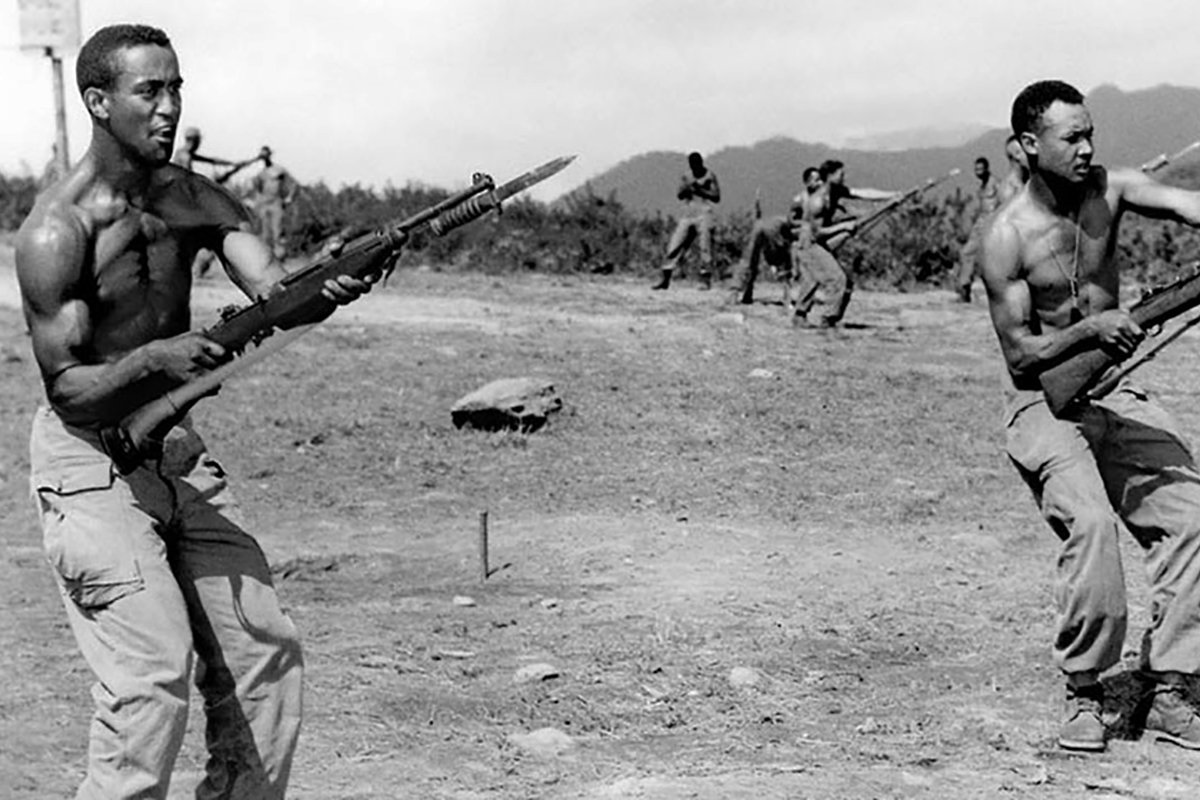
“American footgear, the shoe-pack, didn’t provide the protection needed during active combat because use of dry, clean socks, insoles, and foot massages were impossible to carry out, either on the move or at temporary, uncertain halts for those in the foxholes,” Posey writes in his book.
The bitter cold reduced the Buffaloes’ force — originally 110 strong — to just 63 combat-effective Rangers. Eventually, the unit was bolstered by airborne-qualified replacements from the 7th Infantry Division.
The Buffaloes went on to make history as the first Army Rangers to conduct a combat jump. Just two months after deploying to the Tanyang Pass, the Buffalos jumped into Munsan — near today’s Korean Demilitarized Zone — with more than 3,000 other paratroopers of the 187th Regimental Combat Team as a part of Operation Tomahawk. The Rangers and paratroopers landed in minefields under fire from enemy mortars and small arms.
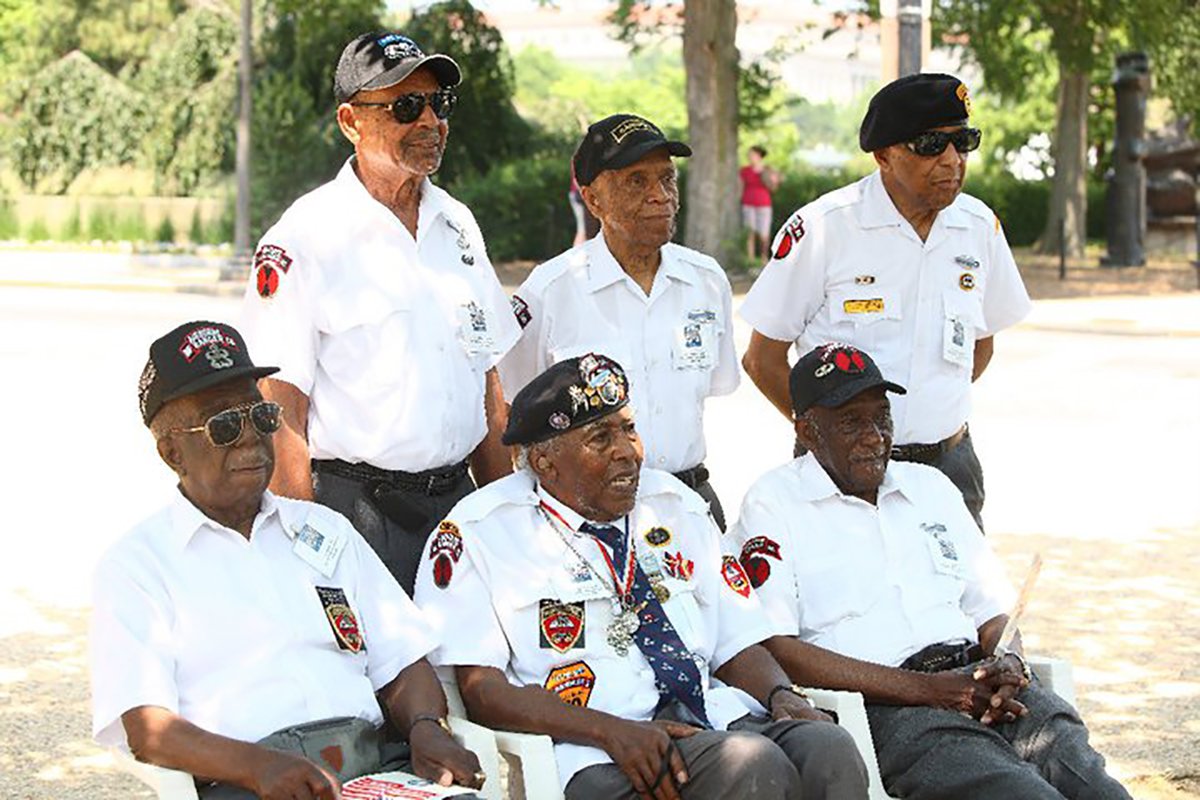
“The [drop zone] was hot!” Posey writes. “But every enemy emplacement the Rangers encountered was destroyed or captured.”
By the time the fighting was over, the Buffalo Rangers had killed an estimated 30 enemy soldiers, captured all of their objectives, and only suffered four casualties. As peace talks began between the United Nations, North Korea, and China, the Rangers continued to wage offensive actions with the hope of bolstering the UN’s position during negotiations. By August of 1951, all Ranger units were disbanded, and the Buffaloes were absorbed by regular infantry units.
During their 10-month stint as the only all-Black Ranger company, the Buffaloes accrued nine Silver Stars, 11 Bronze Stars for valor, and 103 Purple Hearts. In 205 days of consecutive combat, the Buffaloes only suffered 13 Rangers killed in action. Their record as a special operations unit paved the way not only for the 75th Ranger Regiment but for all African American service members.
Read Next:
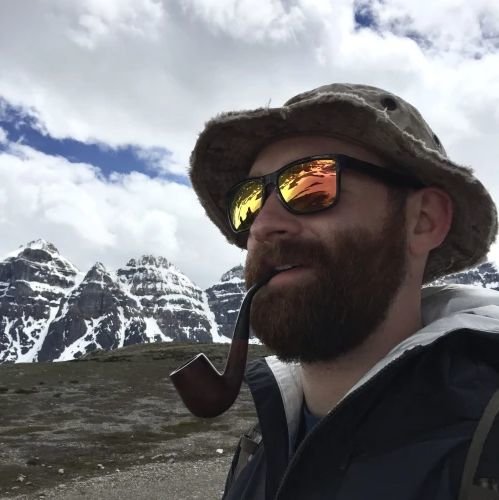
Mac Caltrider is a senior staff writer for Coffee or Die Magazine. He served in the US Marine Corps and is a former police officer. Caltrider earned his bachelor’s degree in history and now reads anything he can get his hands on. He is also the creator of Pipes & Pages, a site intended to increase readership among enlisted troops. Caltrider spends most of his time reading, writing, and waging a one-man war against premature hair loss.
BRCC and Bad Moon Print Press team up for an exclusive, limited-edition T-shirt design!
BRCC partners with Team Room Design for an exclusive T-shirt release!
Thirty Seconds Out has partnered with BRCC for an exclusive shirt design invoking the God of Winter.
Lucas O'Hara of Grizzly Forge has teamed up with BRCC for a badass, exclusive Shirt Club T-shirt design featuring his most popular knife and tiomahawk.
Coffee or Die sits down with one of the graphic designers behind Black Rifle Coffee's signature look and vibe.
Biden will award the Medal of Honor to a Vietnam War Army helicopter pilot who risked his life to save a reconnaissance team from almost certain death.
Ever wonder how much Jack Mandaville would f*ck sh*t up if he went back in time? The American Revolution didn't even see him coming.
A nearly 200-year-old West Point time capsule that at first appeared to yield little more than dust contains hidden treasure, the US Military Academy said.












